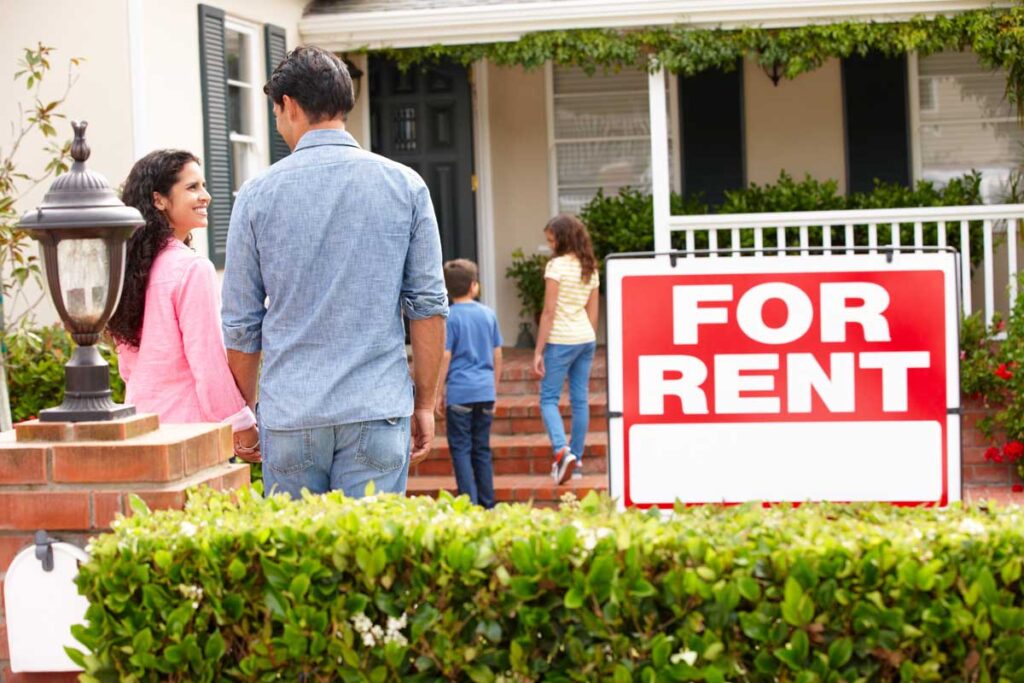Lease incentives allow landlords to sweeten the rental deal. It’s an excellent tool for attracting and retaining tenants in competitive situations.
California cities are well-represented in the most competitive rental markets list this year. KTLA recently reported on markets like Sacramento and North L.A., where there are just 16 prospective renters for every open unit. Property owners compete vigorously to attract and then retain the best tenants in these situations.
One study showed lease incentive concessions were increasing before the pandemic. But in a post-pandemic world, and with a housing shortage looming, are lease incentives still needed?
This article explores the idea of lease incentives and how and when you should consider them.
What is a Lease Incentive?
A lease incentive, also known as a rental concession, is a compromise to a landlord’s rental terms. Lease incentives can work in two ways:
- To make your property more attractive to desirable renters.
- To encourage your most reliable renters to re-sign at lease end.
Even in markets where housing is at a premium, the longer your unit sits vacant, the higher the impact on your bottom line. Property owners must weigh the benefits of having the rental filled versus unfilled, along with the financial implications of the rental incentive.
What are the Common Types of Lease Incentives?
Lease incentives can get very creative, from a new T.V. at lease signing to baseball tickets. But some of the most common lease incentives include:
- A free month’s rent (or two). You can also offer the free month as the last month on the lease contract. This can help good tenants who have over-extended their budgets with moving expenses and security deposits.
- A dollar amount applied toward moving expenses. Some landlords offer up to a certain amount for payment of movers or throw in a storage unit for a certain time period.
- Reduced rent for the first 90 days or for another timeframe, especially if the tenant signs a multi-year lease or if they’re renewing.
- A reduction in the security deposit is a big attraction since moving is so expensive. However, again, there is the caveat that there is less money in the account should rental damage occur.
- Discounted or free amenities such as Wi-Fi, laundry, storage, parking, or other concessions. If your unit doesn’t have some of these amenities, you could throw in something like a one-year membership to a nearby gym.
- Allowing pets in a rental is incentive enough these days, but you could also throw in a discount on the pet deposit or monthly fee.
- A cash bonus instead of an amenity discount is always attractive. Who doesn’t want extra cash?
- A non-monetary gift, such as a free apartment upgrade, covered parking, appliances like an air fryer, or a new tablet, may be a good incentive.
- If an existing tenant is considering renewing, consider some in-unit upgrades you can offer them to stay, such as painting, cleaning, new carpet, or new appliance. Adding a stackable washer/dryer combo to a unit is another great incentive.
One consideration is to offer a “pick three” incentive. This allows the tenant freedom to choose the lease incentive that matters to them. For example, some tenants may be offended that you’re offering them a gym membership. Other tenants may already have all of the small kitchen appliances they need. Giving an existing tenant or a new one a menu of choices is another way to illustrate that you care about working with them and want their business.
Who is Using Lease Incentives Today?

According to Fannie Mae, the use of rental incentives declined in 2022. They state, “There are fewer units offering concessions than a year ago—down from 7.9% of all units in August 2021 to about 5.3% of all units in August 2022.” The value of these incentives has also declined, although “the overall level of concessions remains well above the low levels observed just before the pandemic.”
Watch for this to change in the coming years as multifamily housing construction continues to bounce back from the supply chain issues brought on by COVID. In 2022, more than 180,000 new apartments went up, with another 300,000 predicted to be completed by the first of 2023. As the rental housing market rebounds, watch for a corresponding increase in lease incentives.
Why Would I Need a Lease Incentive?
We use pricing and other perks in a free-market economy to attract and retain customers. Lease incentives are the equivalent of a buy-one-get-one-free offer or a price percentage discount at your local big box retailer. Most people look for the best value on their purchases, including in their rental housing.
For landlords, higher-quality tenants mean better cash flow. If you can attract a better-quality tenant and retain them, you avoid the costs associated with renter turnover. Simply put, you make more money and have fewer business hassles if you attract the right tenant.
Are there Disadvantages to Lease Incentives?
The biggest disadvantage to rent concessions is that once you give them to an existing tenant, they’re much harder to take away.
Say you’re offering one year of free parking for lease renewals. If it works, and the tenant re-signs the lease, you can expect them to look for a new lease incentive the following year.
If you’ve offered a new tenant a rent reduction for signing, you can expect them to ask to keep the discounted price. Or, what if you’ve waived the deposit on a new tenant and they end up causing property damage? You will have no money set aside for repairs.
Rent concessions illustrate the importance of an airtight lease agreement. If you decide to offer a lease incentive, the document must describe the concession and when it will end. If you offered a new tenant a reduced rent, in addition to describing details in the lease, you should also plan on sending a notice of increase a month or two before the rent goes back to the normal price.
Q&A
What is a lease incentive? A lease incentive is an adjustment to rent or some other type of concession designed to make your rental property look more attractive to tenants. This marketing technique is useful for retaining tenants and attracting new ones.
What types of lease incentives can I offer my tenants? There are all kinds of lease incentives, but landlords typically offer rent or amenity discounts. One month’s free rent is a typical incentive, but you can get creative in your offerings to attract and retain top tenants.





